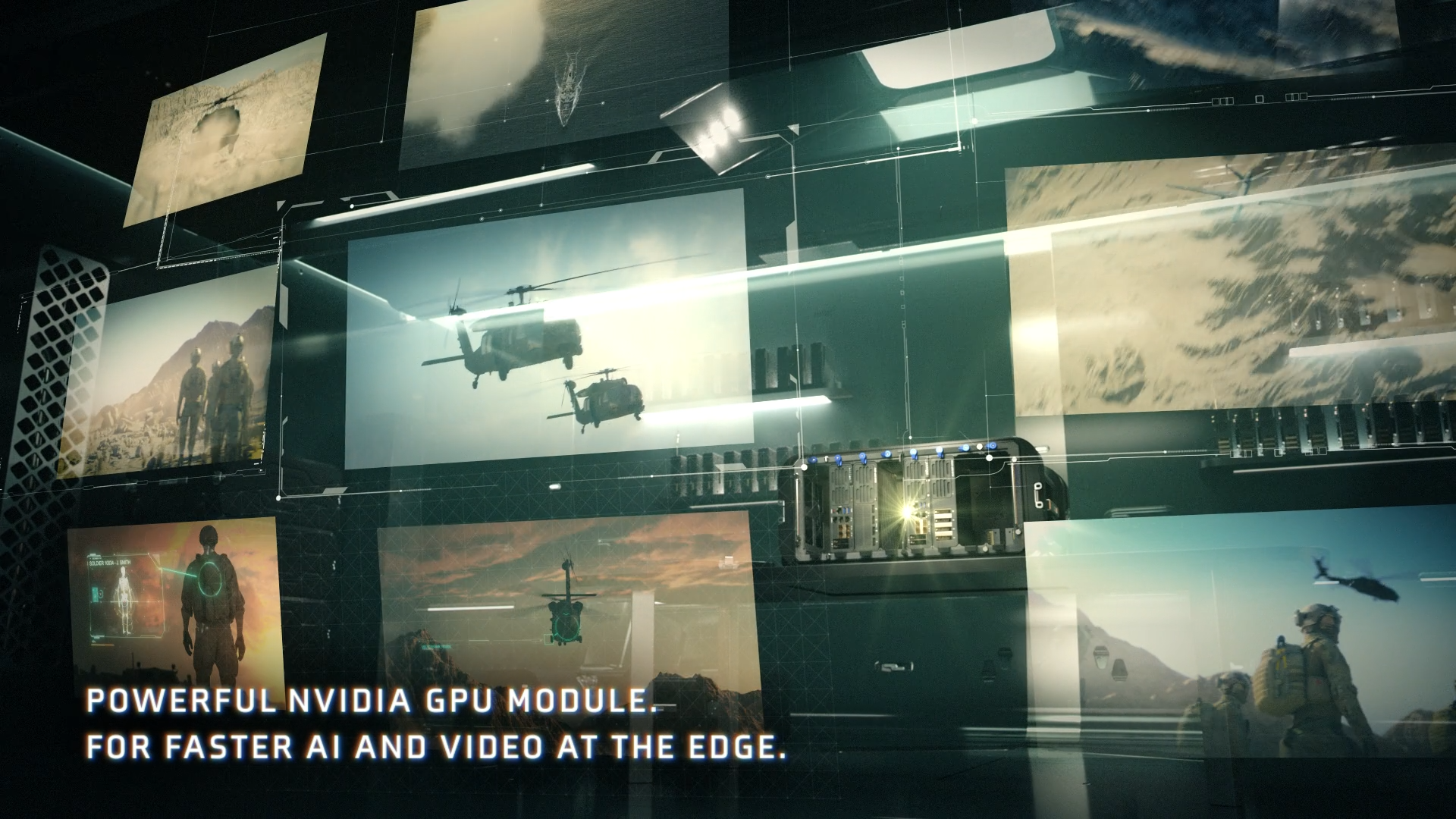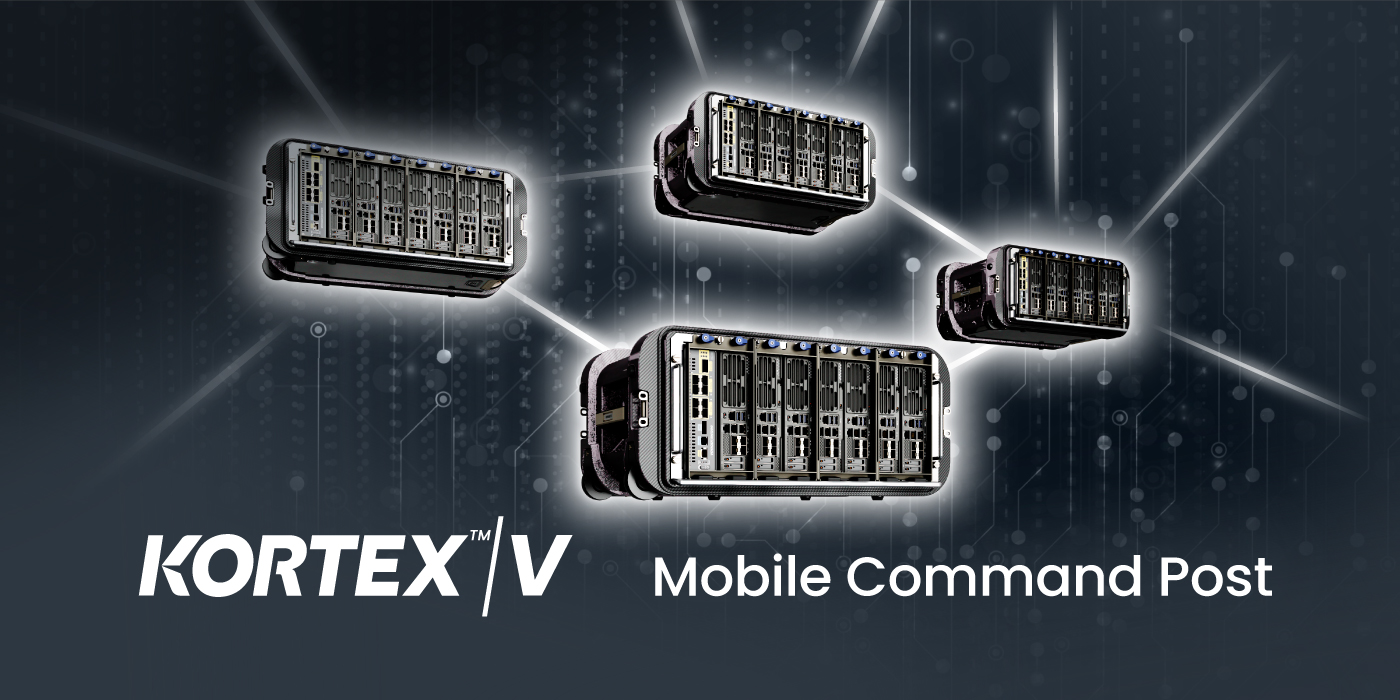The extreme network edge requires a new way of thinking. Effective Command and Control (C2) is increasingly dependent on collecting, processing and distributing data as close to the source as possible. When done right, we give our most dominant resource – our people – the advantage of velocity. Velocity begins before any comms gear is deployed and configured for a mission.
Velocity isn’t produced, it’s defined at the ideation stage of a product before fielding occurs. In our early stages of product design, there are three key factors that ensure the advantage of velocity is present when our gear is fielded down range.
1. Reliability
A system is only effective when it is functional. The network edge is making its way to extreme environments without the benefit of data center like environmentals, things like temperature control, HEPA filtered air and conditioned power aren’t present where our gear is going. Along the way, systems could also take a beating on rough terrain.
Before answering the actual problem for an end-user, it is imperative to have reliability built into your processes. Whether it be component selection or supply-chain, a failure can undermine a system with really impressive specifications.
2. Modularity
Even the most future-proof system isn’t future proof. A challenge many organizations face is that once a system is deployed into an extreme environment, it’s difficult to make any changes. This includes key updates to both hardware and software. In most deployments today, systems need to be replaced via a forklift upgrade to affect a modernization plan, which results in disruption, huge expenses, and often times it impacts the mission.
Our modularity allows for rapid technology iteration and collaboration with partners. It allows new software and hardware to be implemented without affecting the integrity of the larger system. Consider the move to microservice architectures in software which modularized the application so that if one part requires change, the whole can still function. This same approach allows for systems to be upgraded, for new services to be inserted all while keeping the overall footprint the same.
3. Problem Identification and Iteration
We’ve seen this approach work well with the Integrated Tactical Network and the Capability Set framework. What problems are our Troops facing on the network? What mission partners can solve these problems? We rapidly test and evaluate these solutions at Soldier Touch Points (STP) and add iterative improvements.
SOCOM is doing something similar with their adoption of a DevSecOps software development platform. What we’ve found is that these lessons don’t apply to just software but are equally effective in systems development.
Velocity is one of the greatest advantages we can give to our people. Delivering velocity in the battlespace of the future; Space and Cyber Space, will be more about the steps we take in the design and development process than the specifications of the system.


